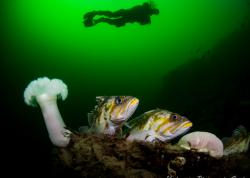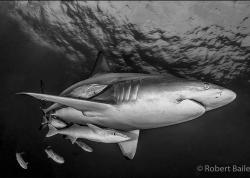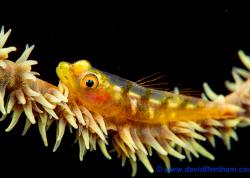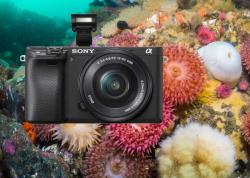How to Start Taking Underwater Photos
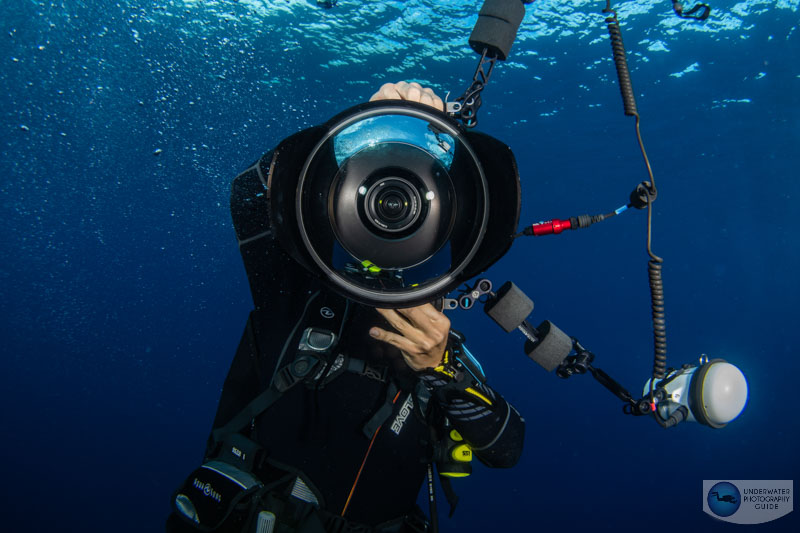
You may have seen a magestic photo of a humpback whale and her calf or a shining kelp forest filled with sealions. Maybe you were reading an article in National Geographic or just staring out into the blue Pacific. Something perked your curiosity about underwater photography. If you are reading this now, then you've likely always been interested in what can be found beneath the waves of an open ocean or the rushing water of a river. Underwater Photography allows us to not only document what we find, but to create art from it. It is the practice of manipulating light onto a now-digital canvas to recreate the way you view the blue world around you. For many it may seem like a far off dream, but in reality, it's out there, in the ocean. All you need is a camera, any camera.
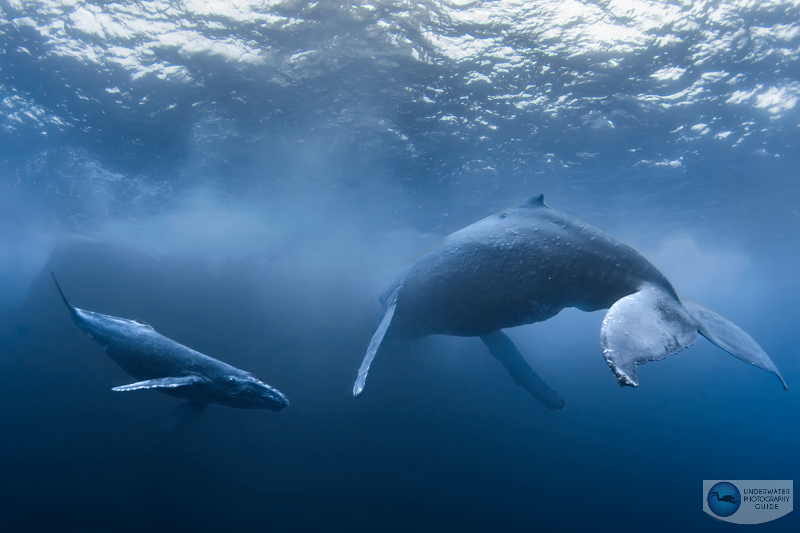
Looking for your first underwater camera? Check out Bluewater Photo!
Read the comprehensive guide to the best cameras for underwater photography
All You Need is a Camera
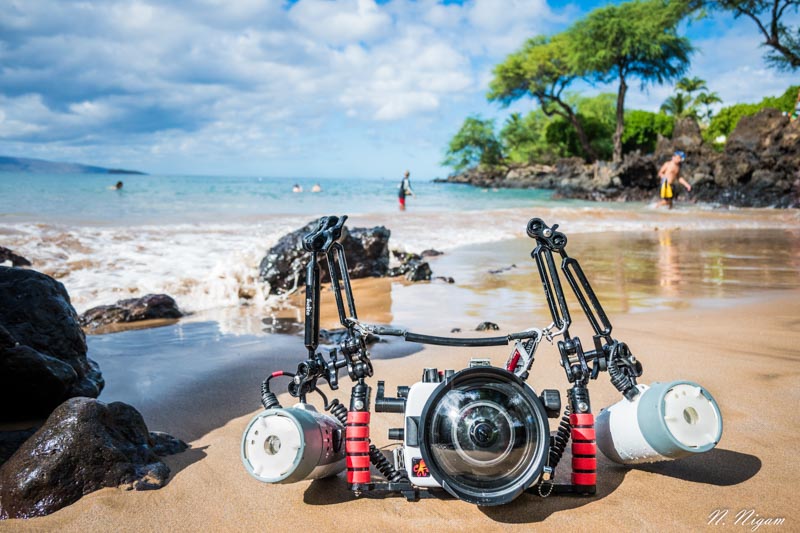
At the Underwater Photography Guide, my day job is to test new underwater photography equipment. I've had the pleasure of shooting everything from a smartphone camera to the highest end professional full-frame mirrorless camera like the Sony A1. But after years on the job, I find that I care less and less about what camera I'm holding. There's a common saying "it's not the camera, it's the photographer." And if you think about physics, it's true. Photography is all about capturing light, and a camera is merely the capture device. It doesn't do anything to change the scene itself. Some cameras capture light more accurately than others, but overall, it's up to you to determine how you want the light to be perceived. That's the job of a photographer.
So if you're just starting out there's really only too things to consider in a camera: How much control do you want over your photography and what is your budget?
If you want complete control over your photography, then you'll want to consider a camera that has full manual control. This will teach to manipulate light underwater via three tools called "the triangle of exposure" - shutter speed, aperture, and ISO.
And finally your budget - if it's limited, then there is no need to be discouraged! You probably have the camera already in your pocket! All you need is an underwater smartphone housing. If you have a bit more of a budget, then you can begin to consider larger sensor cameras with more manual control and RAW image capture (for better photo editing). The larger the sensor on your camera, the most accurately it will capture light. Generally a larger sensor means that your photo will have more detail in the dark and light parts of the image. It may have a higher resolution (but it also may not), and it will have a shallower depth of field (more blur in the background). Click here for a comprehensive, detailed guide of the best cameras for underwater photography.
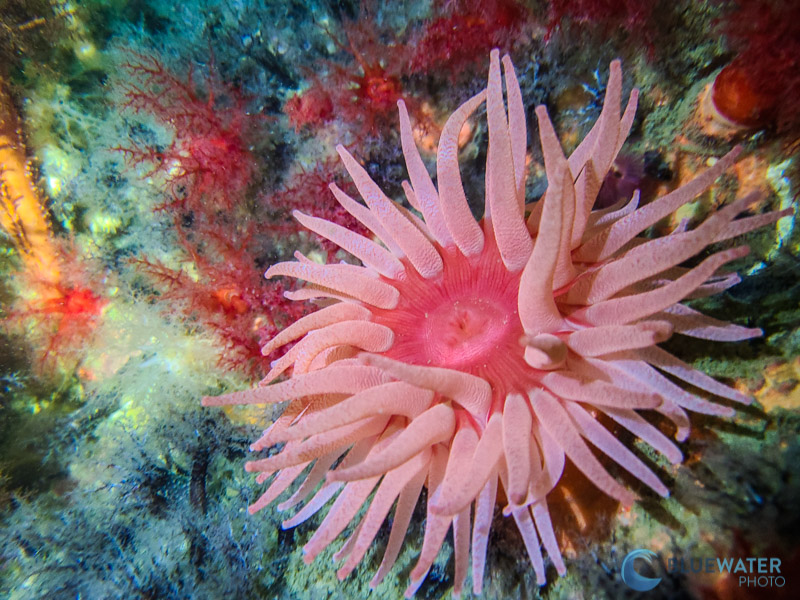
Lighting Is the Most Import Part of Underwater Photography
Ultimately, an image is a painting where light is the paint. The strokes of your brush determine what your audience sees - and that's where underwater lighting comes in. If you're going to budget anything for underwater photography, it should be the quality of your lighting.
Due to a process called light attenuation, underwater photos tend to look very blue (or green depending on the color of the water) without artificial light. That's where strobes come in. Underwater strobes allow you to add natural color back into your image by bringing white light closer to your subject. Your strobe placement and unique tools, like underwater snoots and underwater video lights, can give you the tools you need to manipulate light the way you want to. That's why I believe, underwater lighting should be the top priority of your investment into underwater photography - not the camera itself.
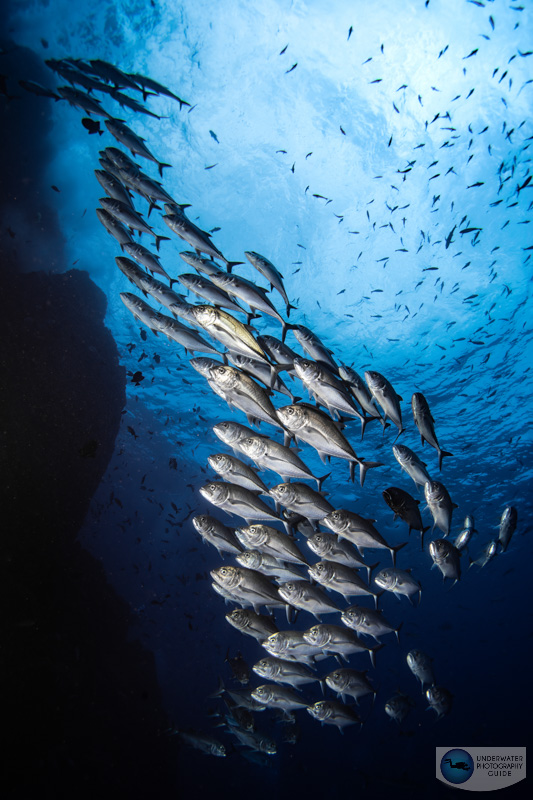
Read the guide to the best underwater strobes
Read the guide to the best underwater video lights
Read the guide to the best underwater snoots
Lenses Provide Perspective
Lenses give you the perspective you need to replicate the image you have in your "mind's eye." Investing in good lenses before investing in good camera bodies is a good way to future proof your system. This is because lenses have more of an effect on an image than the camera bodies themselves - remember, cameras are only capture devices. Think about the field of view you need and how close you can be to your subject. Finally, consider if you need a "professional" aesthetic - like background blur (aka, bokeh). Generally, those more expensive, "fast" lenses with a wider aperture are going to give you more background blur and the ability to capture crisp shots in low light. After you've invested in your lenses and you still have money left over, you'll want to consider the camera bodies that those lenses fit. A camera body with a larger sensor is often ideal as larger sensors capture light more accurately. But it's not the end-all - most people could not tell you the difference between an iphone photo and a full frame photo.
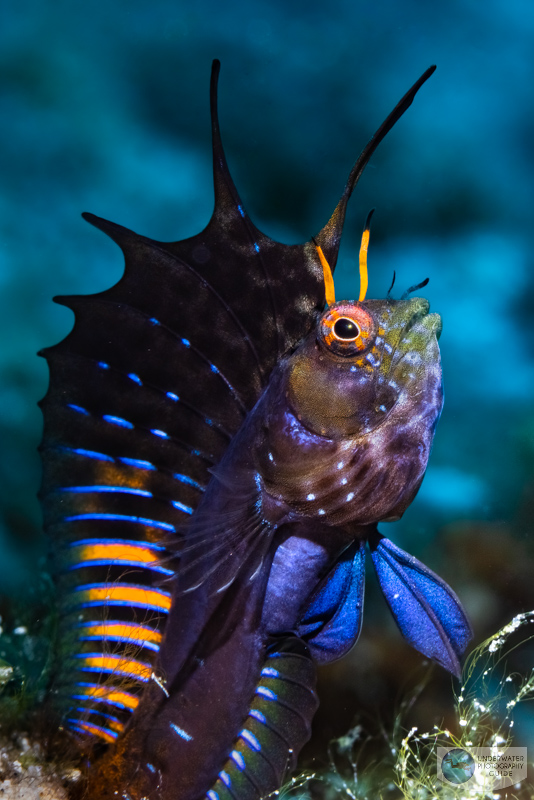
Read the guide to the best underwater wide angle wet lenses
Read the guide to the best underwater macro wet lenses
All It Takes is a Little Practice
The secret to underwater photography isn't cameras, lighting, or lenses. It's practice. The more you practice, the more you develop the ability to see the underwater world in alternative ways. I began my practicing simply by admiring the critters I saw. I thought about how they were so uniquely adapted in their environment. I looked at their colors, their behaviors, their personalities. After a while, you want to think about how light from the surface interacts with these animals. Does it fall directly onto their home or do they dwell in shadow? Look for the liminal spaces - areas where light meets shadows. Whenever you see light transition, this will be where you find the most interesting photos. Once you've enjoyed the ocean enough, start to form an image in your head. Think of your favorite subject and its behavior. Think of its home. Imagine what kind of photos you would like to capture of the subject in its home. The final step is going for a swim, taking out your camera, and snapping the photo of a lifetime.
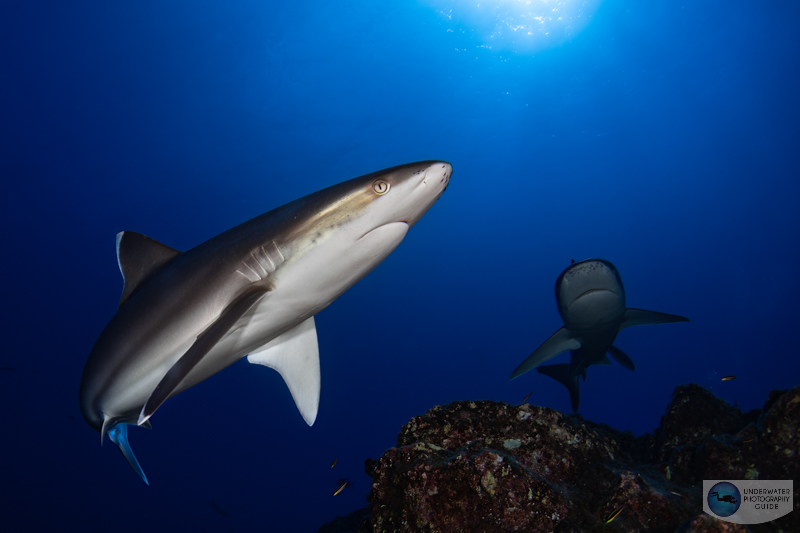
RECOMMENDED ARTICLES
SUPPORT THE UNDERWATER PHOTOGRAPHY GUIDE:
The Best Service & Prices on u/w Photo Gear
 Visit Bluewater Photo & Video for all your underwater photography and video gear. Click, or call the team at (310) 633-5052 for expert advice!
Visit Bluewater Photo & Video for all your underwater photography and video gear. Click, or call the team at (310) 633-5052 for expert advice!
The Best Pricing, Service & Expert Advice to Book your Dive Trips
 Bluewater Travel is your full-service scuba travel agency. Let our expert advisers plan and book your next dive vacation. Run by divers, for divers.
Bluewater Travel is your full-service scuba travel agency. Let our expert advisers plan and book your next dive vacation. Run by divers, for divers.




